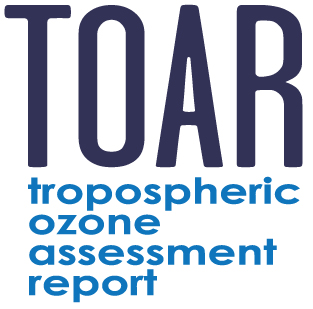South Asia Focus Working Group

Working Group leads: Manish Naja, ARIES, India (manish @ aries.res.in)
Vinayak Sinha, IISER-Mohali, India (profvsinha @ gmail.com)
TOAR-II Steering Committee liaison: Yugo Kanaya, Japan Agency for Marine-Earth Science and Tech. (yugo @ jamstec.go.jp)
Established: June 18, 2021
The South Asia Focus Working Group has the following objectives:
Ozone plays a central role in atmospheric chemistry, however, its variability, budgets and long-term changes are not well understood in South Asia. Escalating emissions of ozone precursors over South Asia are expected to adversely impact the regional and global atmosphere, impacting human health and vegetation. In addition to the increasing level of pollutants in this region, higher water vapor content and intense solar radiation result in primary production of OH radical concentrations. Processes of global relevance such as monsoonal deep convection, seasonal migration of the ITCZ and stratosphere-troposphere exchange of ozone and water vapour significantly complicate quantification of the ozone budget over South Asia. Despite the great importance of the South Asian region for global atmospheric chemistry, ground-based observations are sparse. The South Asia Focus Working Group plans to utilize ground and satellite-based observations, in addition to modeling studies, to better understand tropospheric ozone chemistry over South Asia through the following initiatives:
- Facilitate access and submissions to TOAR-II database on ozone and its precursors from the region
- Conduct comprehensive analyses of tropospheric ozone chemistry over South Asia
- How well can high resolution (~20 km) chemical reanalysis of atmospheric composition generated via assimilation of available space-borne observations of precursors capture long-term trends in surface ozone and precursor species over South Asia?
- How well do the satellite data compare with the ground-based observations over South Asia?
- Combine VOC tracer measurements along with aerosol measurements to yield tools to constrain transport time scales and sources of surface emissions that reach the UT-LS region and for source chemical fingerprinting.
- Identify strengths and weakness of chemistry transport models and evaluate existing emission inventories over the region and recommend updated and speciated emission inventories for improving atmospheric chemistry and air quality research over South Asia.